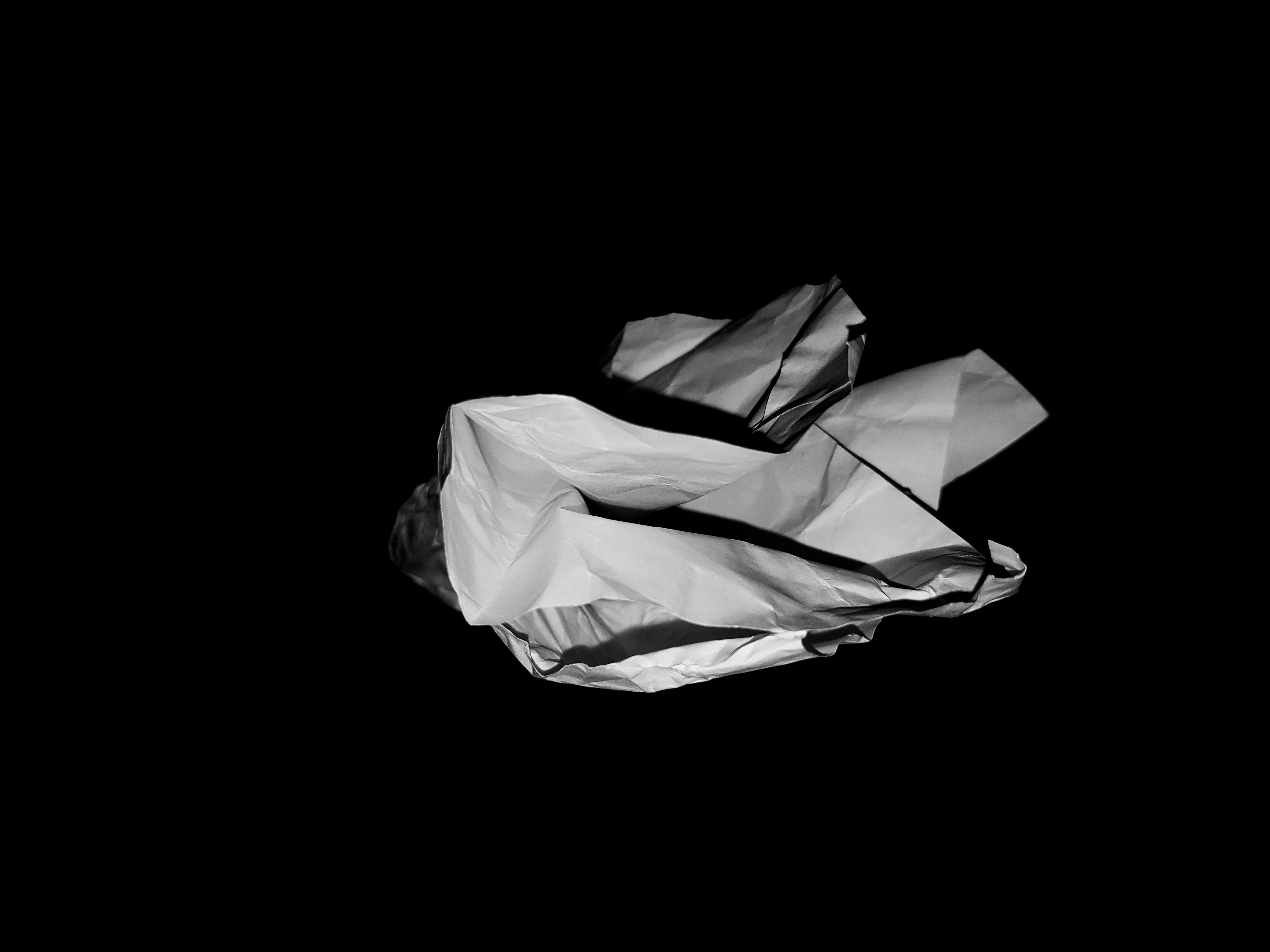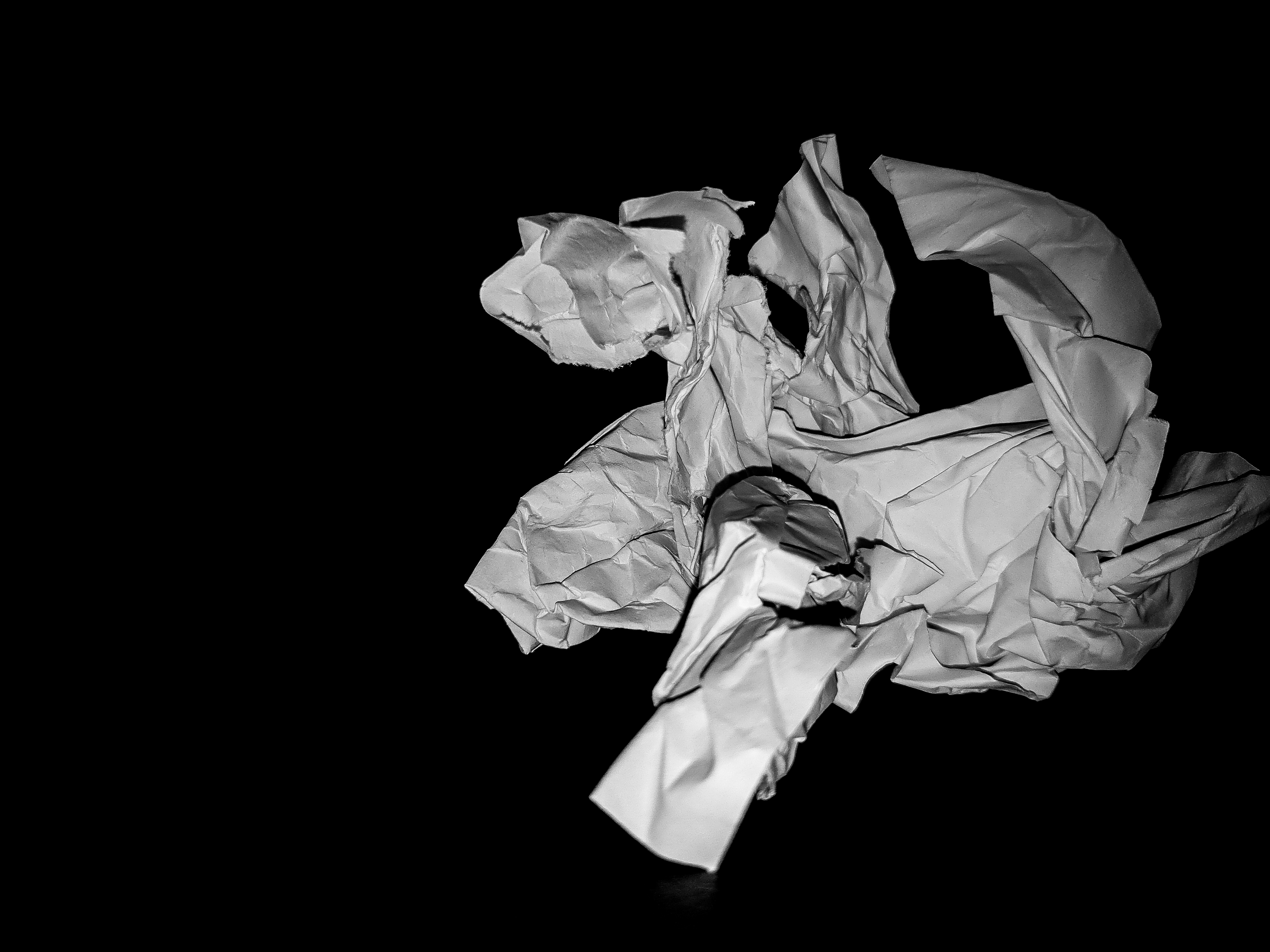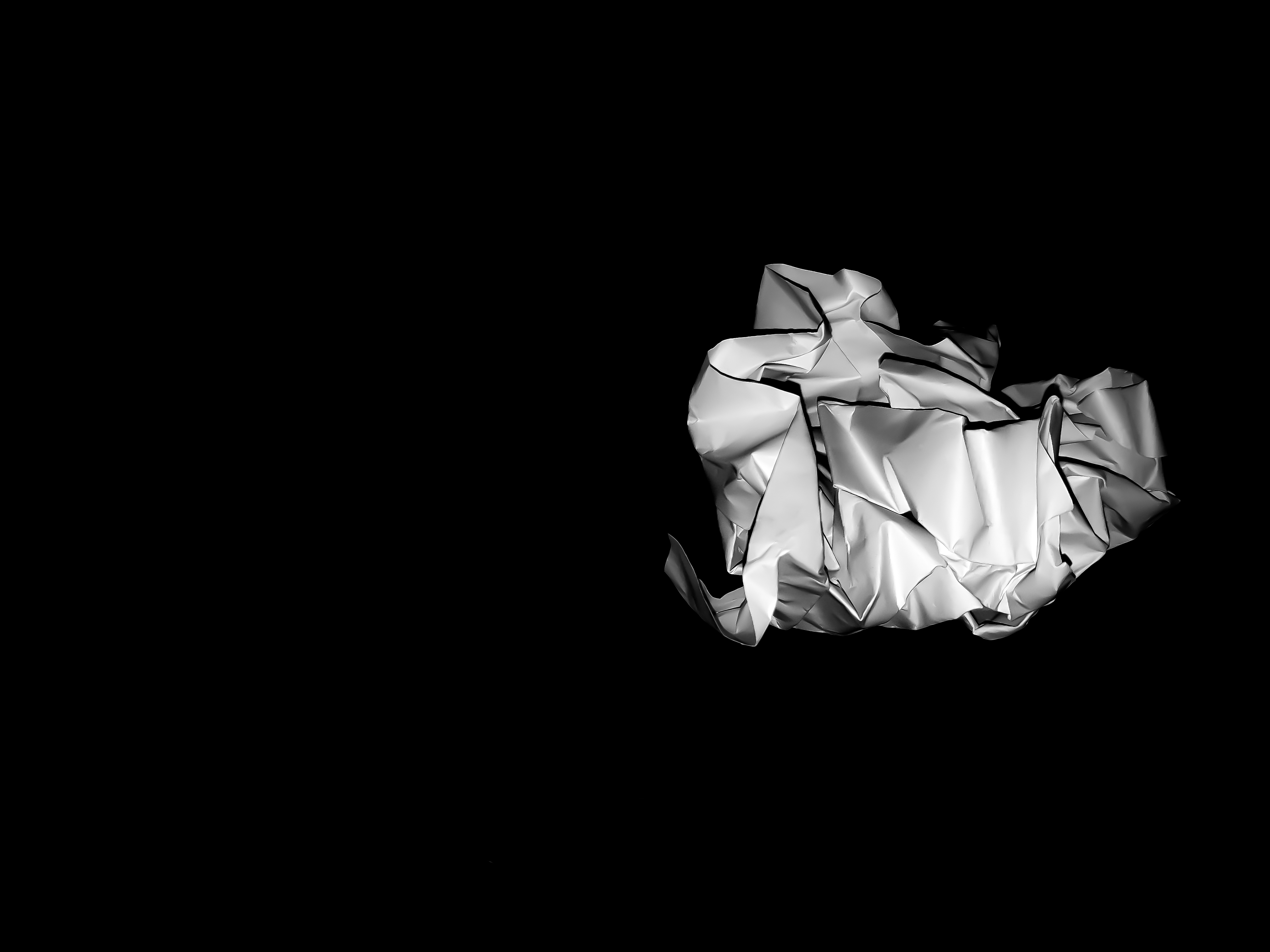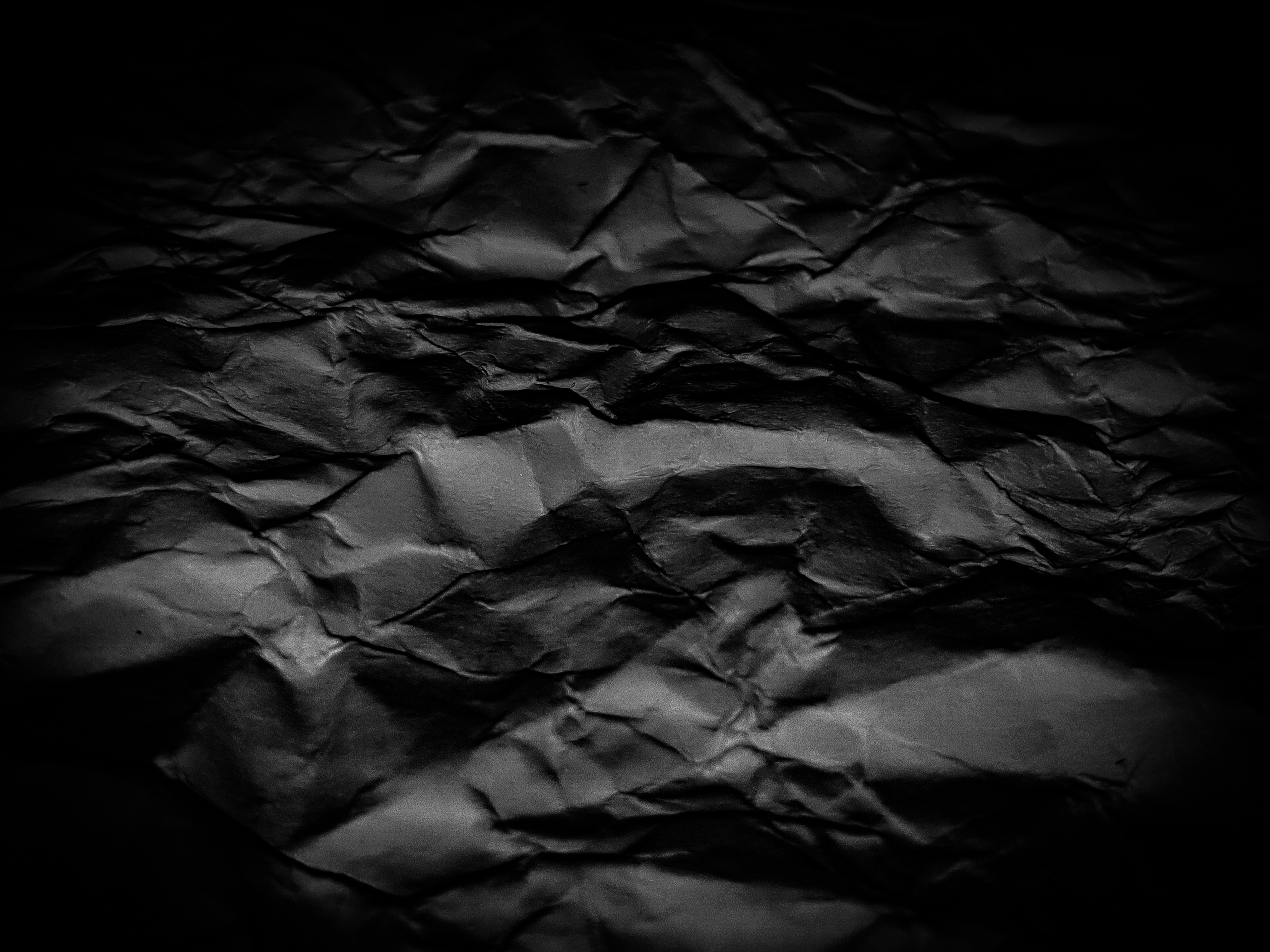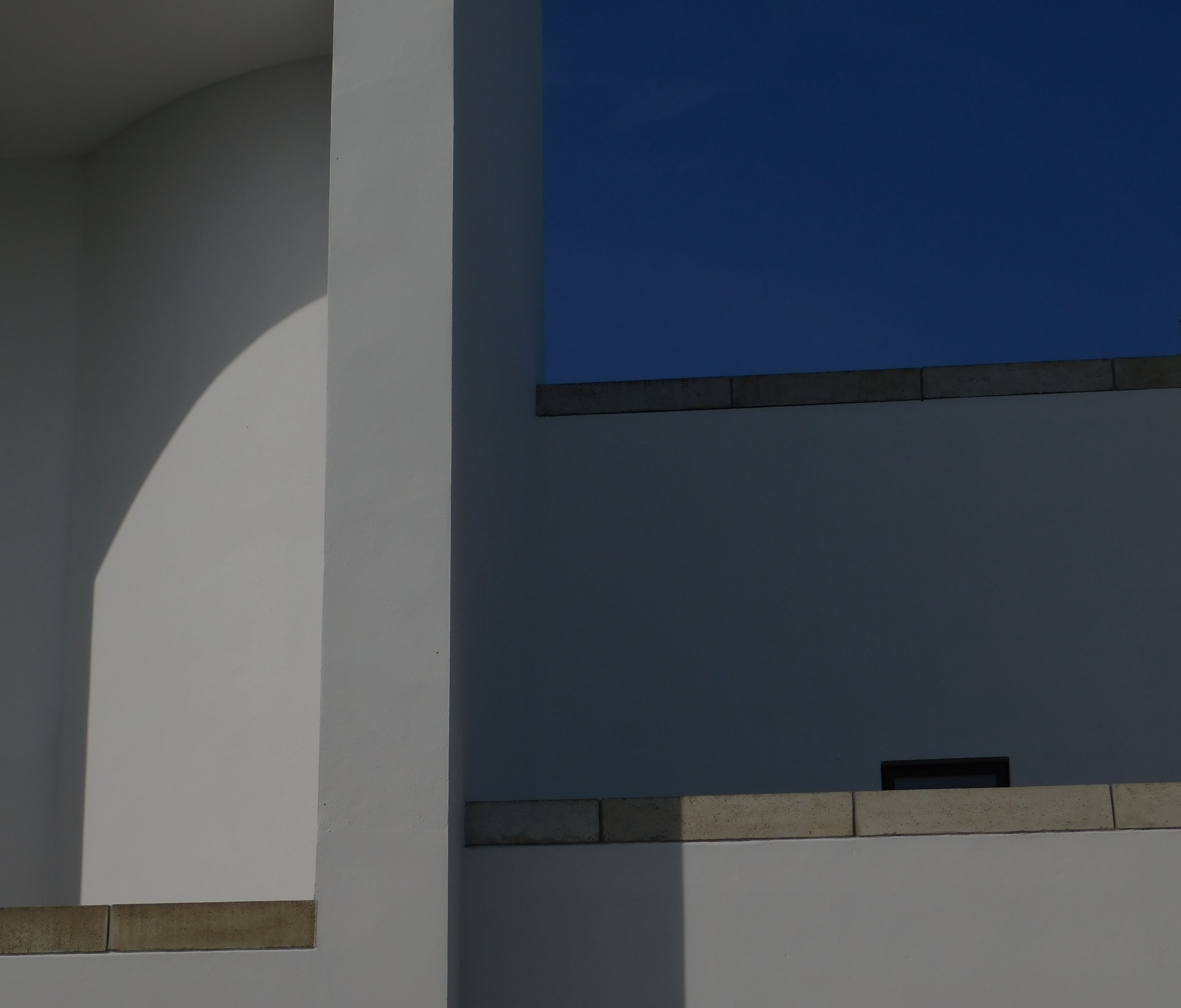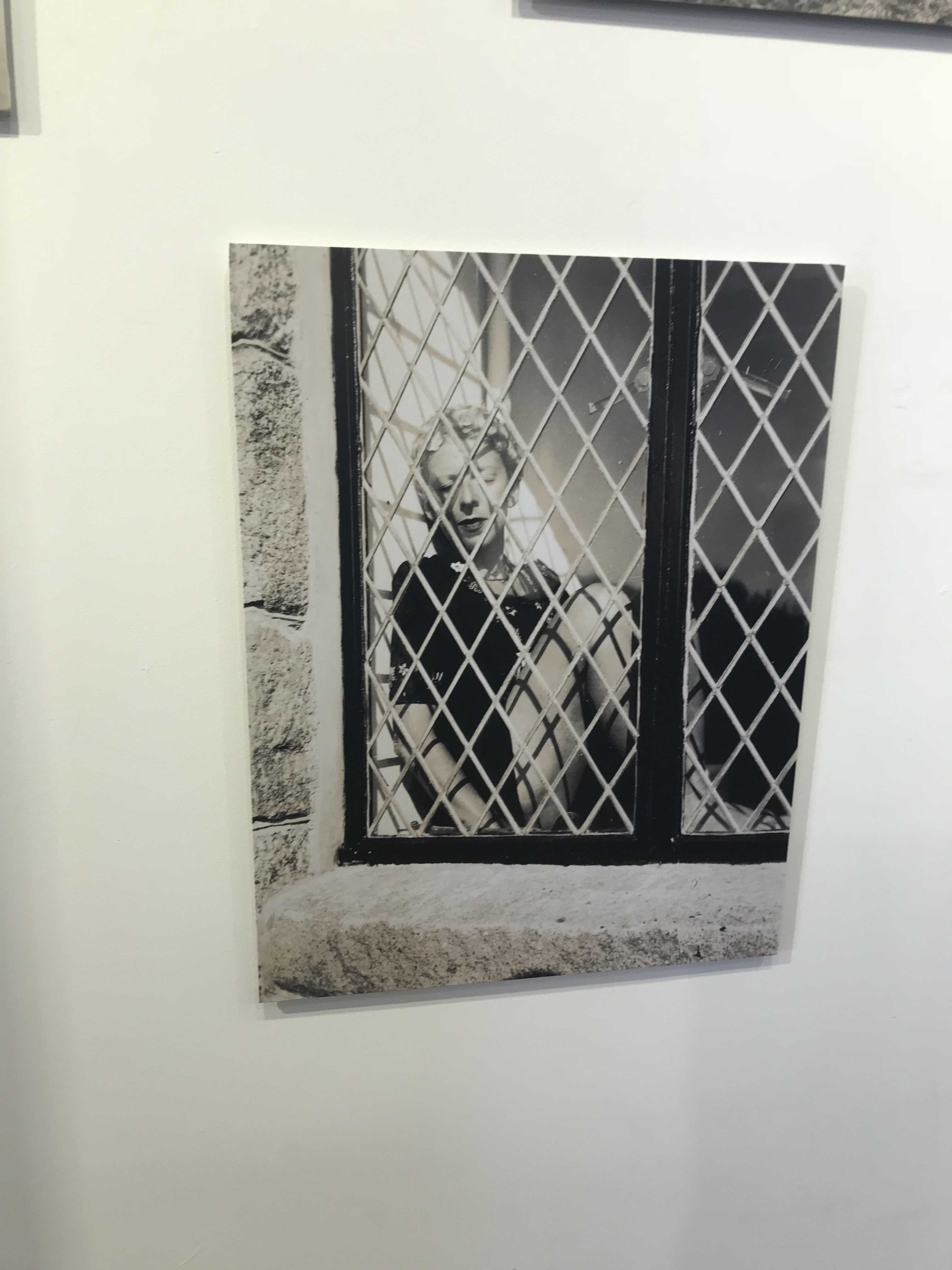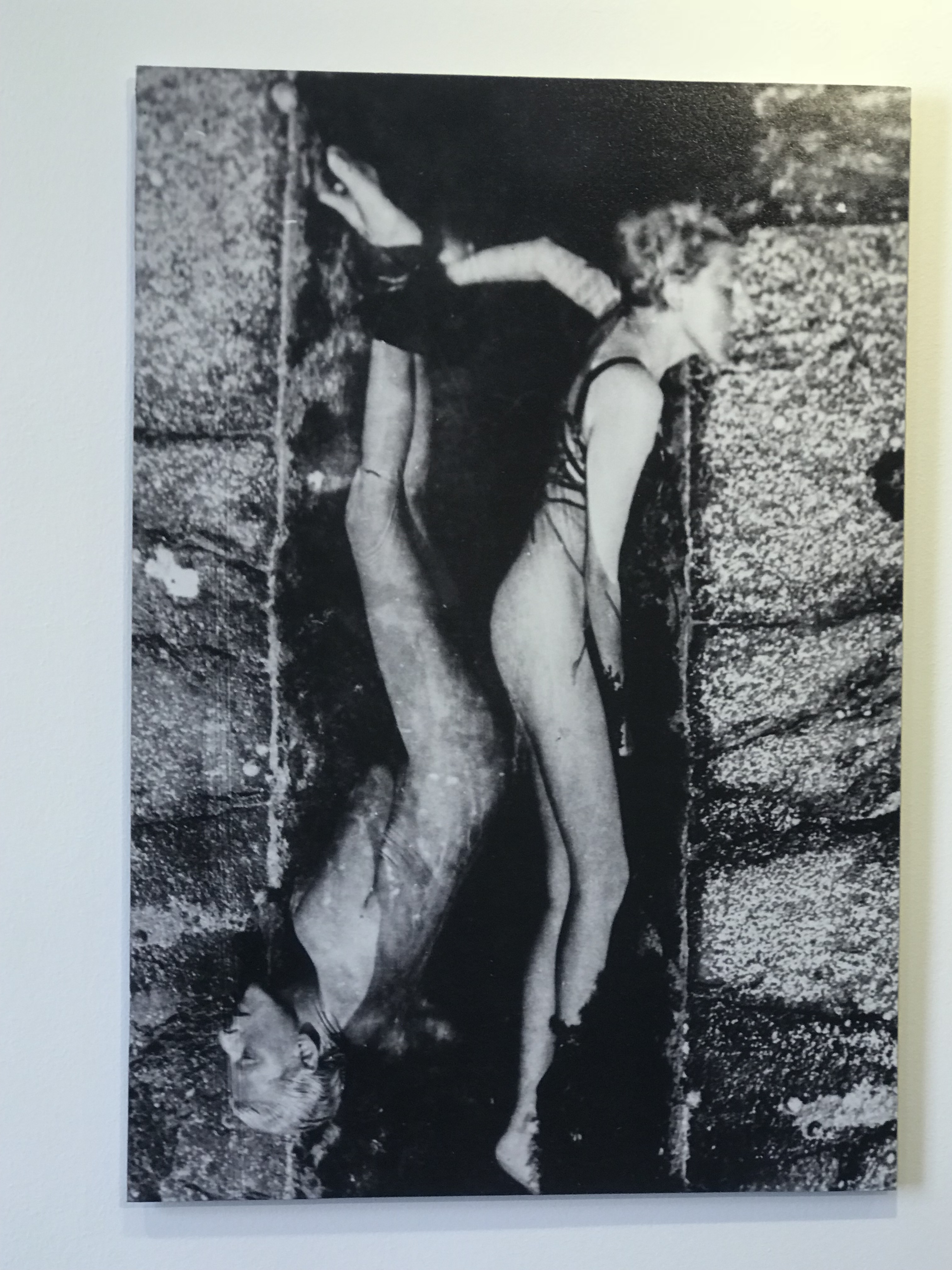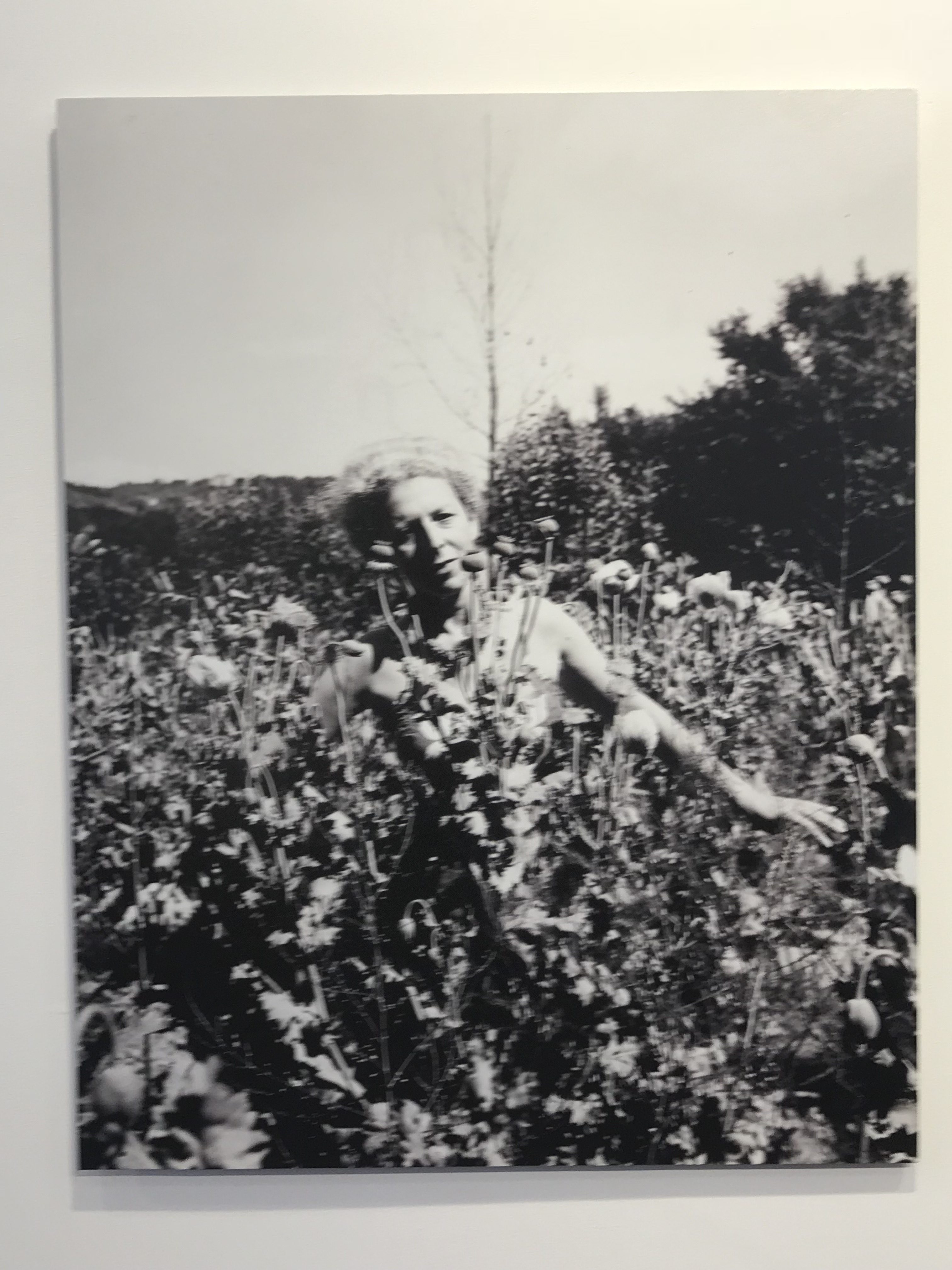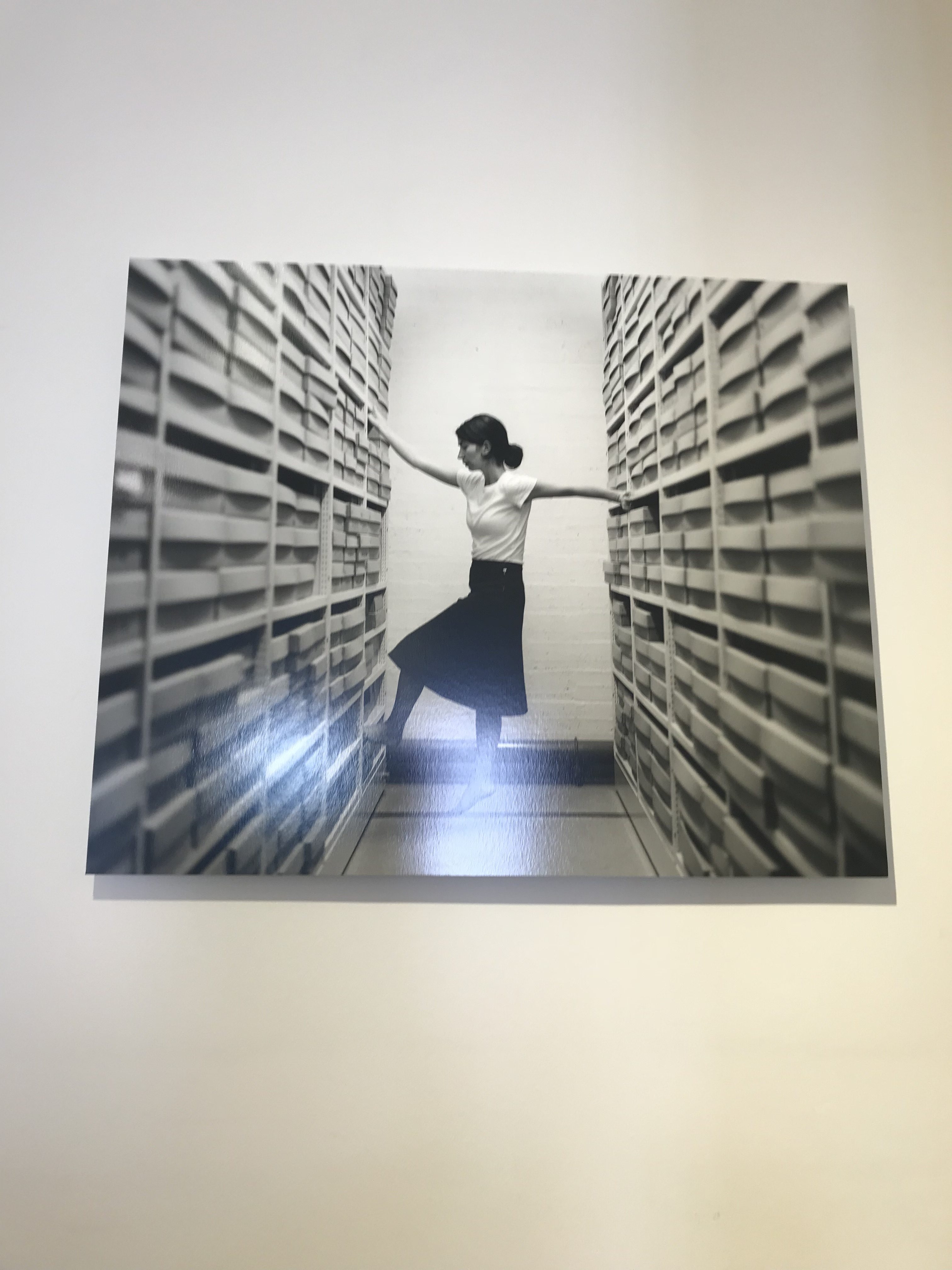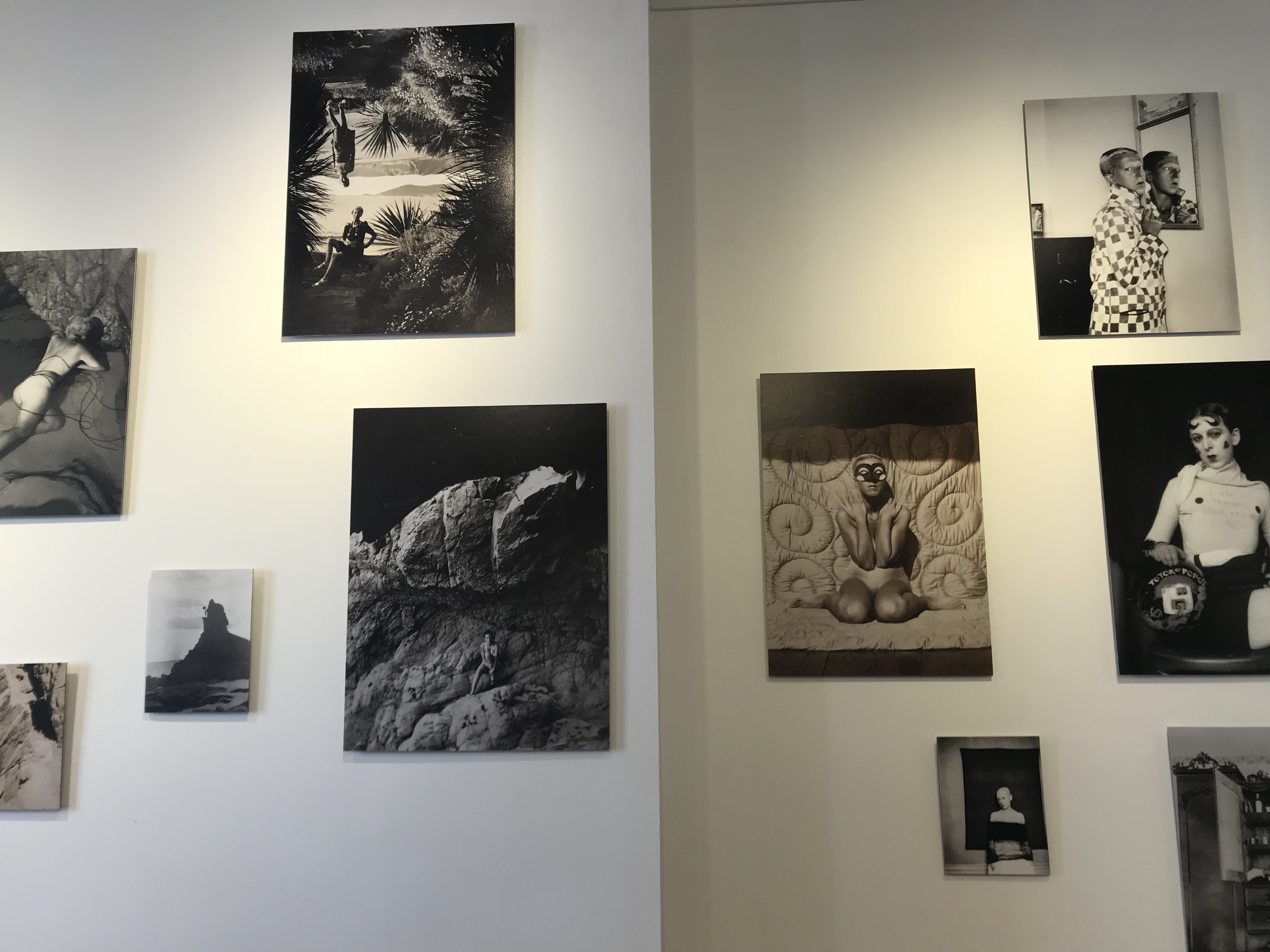Aaron Siskind
Analysis:
– Uses close up framing to emphasise texture – this creates an abstract feel to real world objects.
– True to life yet also abstract photos.
– He found joy and tension in photographing subjects in such a way that other people were not used to.
– Used the rule of thirds in many of his photos – either symmetrical or main subject in each third.
– Combines straight photography with abstract means it creates a unique style of photo.
– Most photos have a high contrast between the black and white points.
– Many of his photos were taken using natural light
– His photos show a new way of looking at the world through a lens, and due to the nature of the framing, makes small details on the subject more pronounced.
– Often relies on shadows to create the darker points.
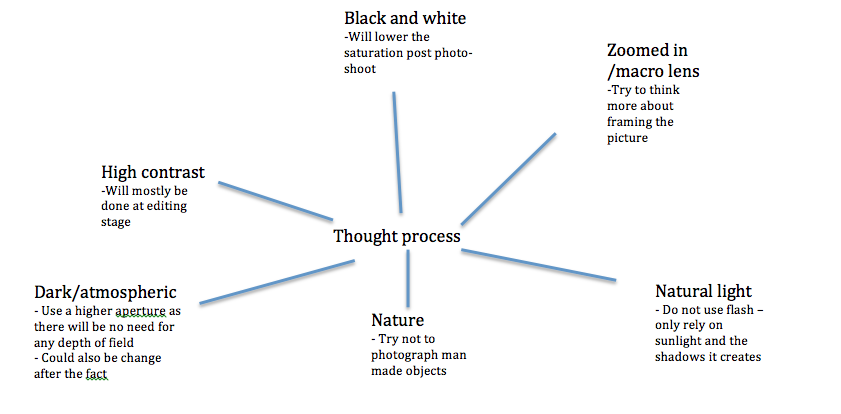
For the first shoot, I will try to capture subjects in a similar way to Siskind’s ‘straight’ photography, were there is only a subject in the foreground, but the image will still need some thought to try and decipher the abstract themes and ideas, portrayed by the close and tight framing. My concern is that I will not be able to capture shadows in the same way that Siskind manages to create in his photos, using a very high contrast. I want to try and challenge myself to think more about framing and not rely too heavily on editing. I want to make the picture seem alive without necessarily using multiple layers of foreground and background.
Final Images:

This photo was taken from my first shoot where I wanted to try and capture the style of Siskind by taking a picture directly facing a subject and creating a sense of depth using high contrast and shadows with the addition of only using natural light. I personally found this to be one of the better images from my first shoot as it showed a lot of the depth in the grooves and ridges of the granite.

This picture was also from my original shoot. I decided to shoot it at more of angle compared to other photos; however I decided to zoom in on the subject more than some of the other photos to give it more of an abstract feeling. It focuses on the part of Siskind’s photography that takes everyday things and focuses on a close up part of them, making the viewer think not only what the everyday item is, but also what the abstract nature of it represents.
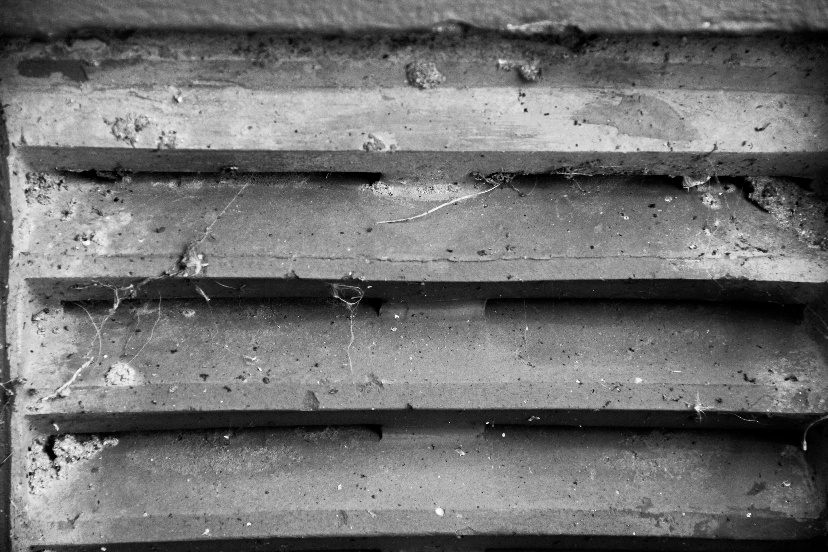
I wanted this photo of an air conditioning vent to show off a more ominous side of Siskind’s Photography. I wanted to show that even using a high aperture, it was possible to suggest that there was something behind the intended subject. I noticed that the spider webs around the outside of the image act almost as a vignette, providing an emphasis on the darkness behind the slats.
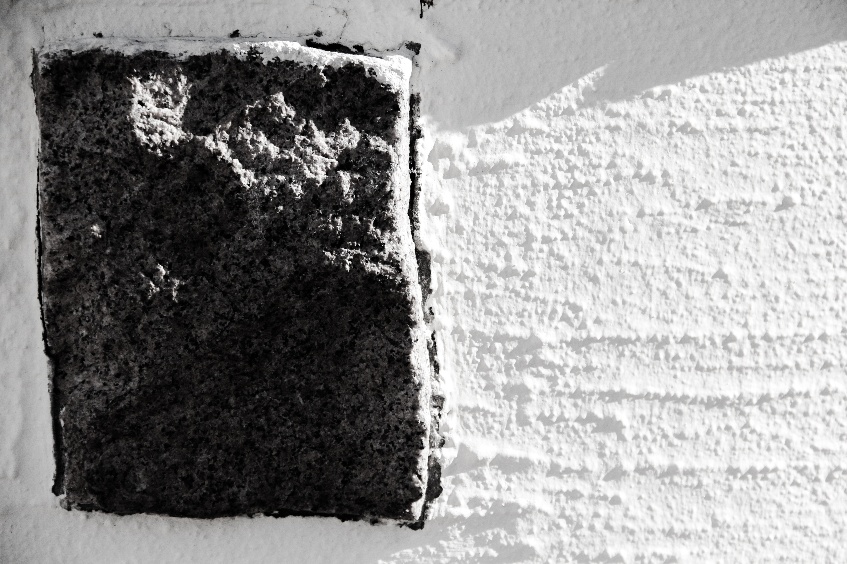
I wanted to play around with shadows in some of my pictures, and I feel like this one shows exactly what I wanted to capture; the contrast between light and dark, however when I was editing this specific photo, it dawned on me that it also represent the huge contrast between natural and man-made objects. The granite slab represents what remains of untouched nature, and the overpowering overexposure of the white painted wall represents man trying to control nature, to the point where the paint is starting to creep up the side of the rock.

I wanted this picture to show the intricate details that a real life abstract object has when there is very tight framing. You can see all of the delicate lines which create a sense of complexity and make the viewer visualize patterns or shapes, which resembles the likes of abstract expressionist painters.
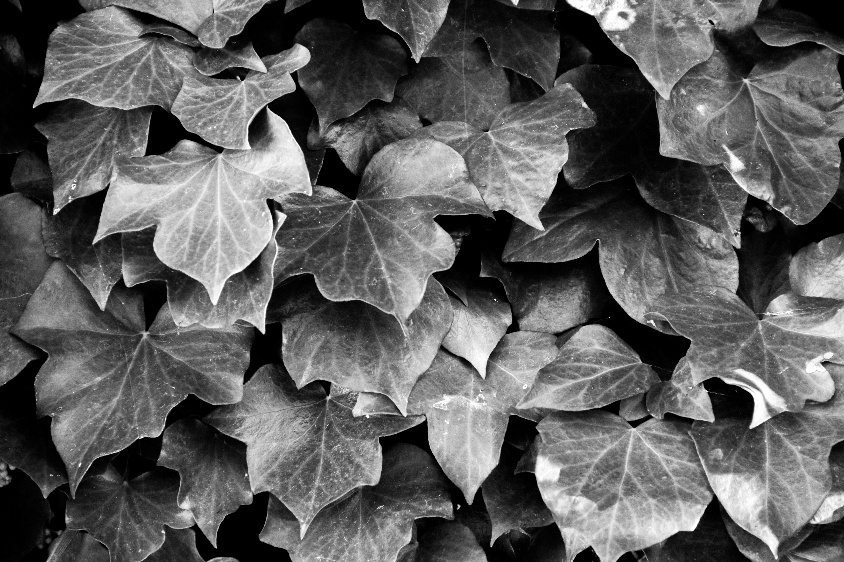
For this photo I was trying to emulate Siskind’s photo “Jerome, Arizona”(1949) but with my own style and take on it. Therefore instead of photographing peeling paint, I wanted to take something that would have a similar ‘curling’ effect that created unique shadows. I found an ivy bush on my 3rd shoot that I thought would be able to have a similar effect on the shadows cast on the layer below. Although it is easy to see what this is a picture of, as soon as you start looking at the small details and lines that the leaves create contrasting against the shadows, there is a whole new depth to the picture.
Evaluation:
I wanted to create a similar style of photography as Aaron Siskind, as I thought it would let me try out new styles from my normal photography. Siskind has a recognizable style of photography using straight on images that can show so much without needing an obvious foreground or background. I wanted to recreate this by using shadows and the main contrasting factor in all of my pictures, but retaining the familiar style of Siskind’s images.

